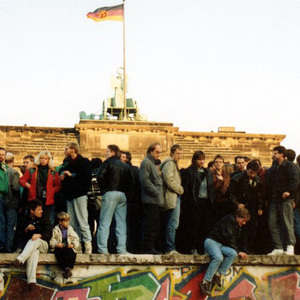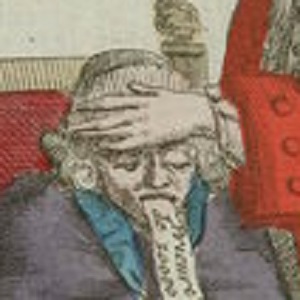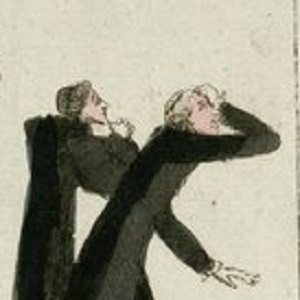Popular Culture

The Berlin Wall 1989
Crowds gather on the Wall, Berlin.

The Fountain of Regeneration
In this engraving of the Festival of Reunion or Unity of 10 August 1793, a female statue of Nature in the form of the Egyptian goddess Isis represents the regeneration of the French people. It sits on the site of the Bastille prison, whose fall signaled the beginning of the Revolution.

The Republic
Under the monarchy, the king was the country’s symbolic center. Removing him and establishing a republic made necessary not only a new constitution but also a new set of symbols.

Liberty
In this spectacularly vivid rendition of Liberty, she holds the Phrygian cap of freed slaves on a pike. That, combined with her colorful pants, suggests aggressive liberty. Yet the scrolls in her right hand also underscore the role of legislation in defining her purview.

The Triumph of Liberty
In this extraordinary painting stands a formidable and powerful figure of liberty with her pike and cap. As the title of this work suggests, Liberty appears here as a warrior surveying the field of battle from a commanding height.

Woman with a Basket in Front of a Door to the Prison
Despite the demure expression created by her huge eyes, this woman also shows adherence to the Revolution through her scarf, similar in shape and color to the Phrygian cap.

The Great Nausea of Monsignor
This engraving focuses on expurgating the clergy, this time with vomiting as the intended method. Here, the cleric spits up the unfair advantages enjoyed in the old regime.

Patience Monsignor Your Turn Will Come
Cartoons attacked the refractory clergy. Here, fat, overfed, and underworked clergy are squeezed down to an appropriate size. As elsewhere, visual images mocked the clergy by depicting them as subject to the threats and physical attacks of others.

Refractory (Clergy) Going to the Promised Land
Many refractory clergy left France to join other detractors, as this print shows, or wishfully encourages. However, this is an ambiguous image, which leaves open the possibility that rather than joining foreign monarchies, the clergy are crossing the river leading to Hell.

The Roman Aristocrat
The fattened clergyman and the well–bedecked nobleman go off unbothered while the figure in the foreground assesses carefully the value of a commoner. This complex image also includes a pig—likely a symbol for Louis XVI—with the cleric and the noble.